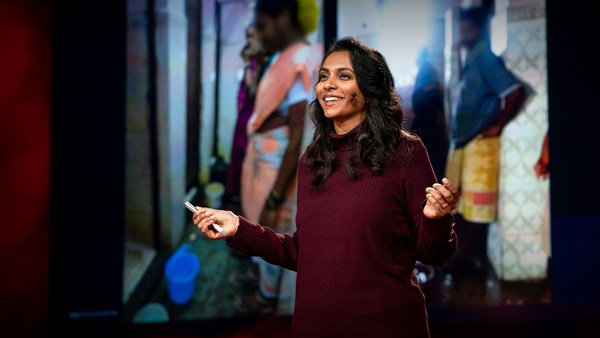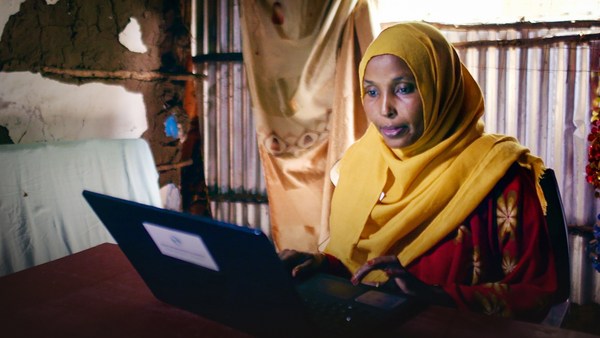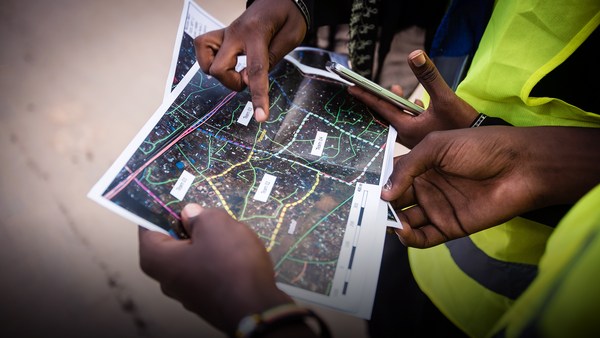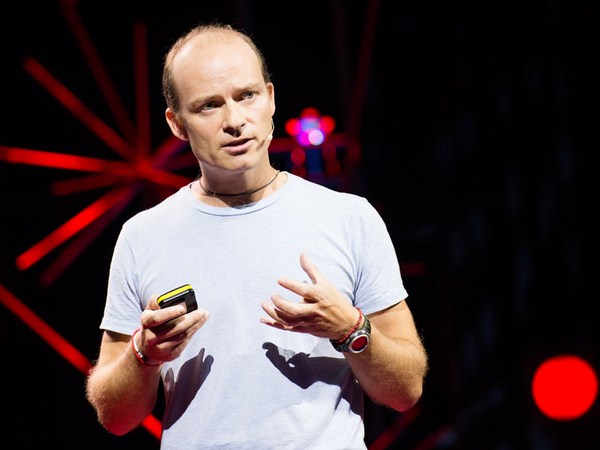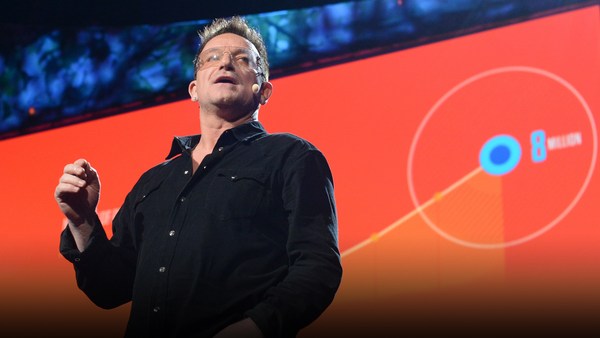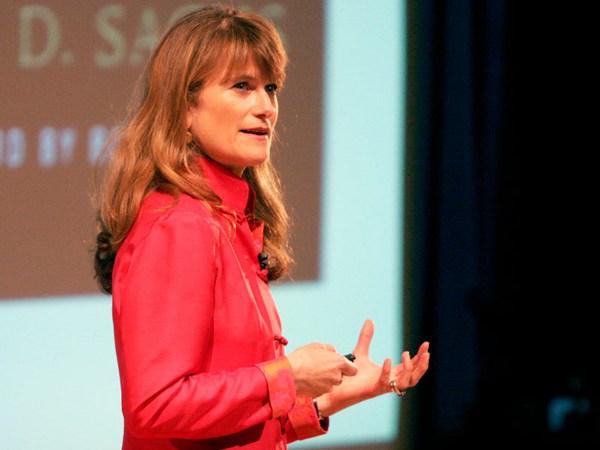We are witness to monumental human progress. Over the past few decades, the expansion of the global marketplace has lifted a third of the world's population out of extreme poverty. Yet we are also witness to an astounding failure. Our efforts to lift people up have left behind those in the harshest forms of poverty, the ultra-poor.
What it means to be ultra-poor goes beyond the monetary definition that we're all familiar with: living on less than two dollars a day. It goes even beyond not having assets like livestock or land. To be ultra-poor means to be stripped of your dignity, purpose and self-worth. It means living in isolation, because you're a burden to your own community. It means being unable to imagine a better future for yourself and your family.
By the end of 2019, about 400 million people were living in ultra-poverty worldwide. That's more than the populations of the United States and Canada combined. And when calamity strikes, whether it's a pandemic, a natural disaster or a manmade crisis, these numbers spike astronomically higher.
My father, Fazle Abed, gave up a corporate career to establish BRAC here in Bangladesh in 1972. Bangladesh was a wreck, having just gone through a devastating cyclone followed by a brutal war for independence. Working with the poorest of the poor, my father realized that poverty was more than the lack of income and assets. It was also a lack of hope. People were trapped in poverty, because they felt their condition was immutable. Poverty, to them, was like the sun and the moon -- something given to them by God.
For poverty reduction programs to succeed, they would need to instill hope and self-worth so that, with a little support, people could lift themselves out of poverty.
BRAC went on to pioneer the graduation approach, a solution to ultra-poverty that addresses both income poverty and the poverty of hope. The approach works primarily with women, because women are the most affected by ultra-poverty but also the ones most likely to pull themselves and their families out of it.
Over a two-year period, we essentially do four things. One, we meet a woman's basic needs by giving her food or cash, ensuring the minimum to survive. Two, we move her towards a decent livelihood by giving her an asset, like livestock, and training her to earn money from it. Three, we train her to save, budget and invest her new wealth. And four, we help to integrate her socially, first into groups of women like her and then into her community. Each of these elements is key to the success of the others, but the real magic is the hope and sense of possibility the women develop through the close mentorship they receive.
Let me tell you about Jorina. Jorina was born in a remote village in northern Bangladesh. She never went to school, and at the age of 15, she was married off to an abusive husband. He eventually abandoned her, leaving her with no income and two children who were not in school and were severely malnourished. With no one to turn to for help, she had no hope. Jorina joined BRAC's Graduation program in 2005. She received a dollar a week, two cows, enterprise training and a weekly visit from a mentor. She began to build her assets, but most importantly, she began to imagine a better future for herself and her children. If you were visit Jorina's village today, you would find that she runs the largest general store in her area. She will proudly show you the land she bought and the house she built.
Since we began this program in 2002, two million Bangladeshi women have lifted themselves and their families out of ultra-poverty. That's almost nine million people. The program, which costs 500 dollars per household, runs for only two years, but the impact goes well beyond that.
Researchers at the London School of Economics found that even seven years after entering the program, 92 percent of participants had maintained or increased their income, assets and consumption. Esther Duflo and Abhijit Banerjee, the MIT economists who won the Nobel Prize last year, led multicountry evaluations that identified graduation as one of the most effective ways to break the poverty trap.
But my father wasn't content to have found a solution that worked for some people. He always wanted to know whether we were being ambitious enough in terms of scale. So when we achieved nationwide scale in Bangladesh, he wanted to know how we could scale it globally. And that has to involve governments. Governments already dedicate billions of dollars on poverty reduction programs. But so much of that money is wasted, because these programs either don't reach the poorest, and even the ones that do fail to have significant long-term impact.
We are working to engage governments to help them to adopt and scale graduation programs themselves, maximizing the impact of the billions of dollars they already allocate to fight ultra-poverty. Our plan is to help another 21 million people lift themselves out of ultra-poverty in eight countries over the next six years with BRAC teams on-site and embedded in each country.
In July of 2019, my father was diagnosed with terminal brain cancer and given four months to live. As he transitioned out of BRAC after leading the organization for 47 years, he reminded us that throughout his life, he saw optimism triumph over despair, that when you light the spark of self-belief in people, even the poorest can transform their lives.
My father passed away in December. He lit that spark for millions of people, and in the final days of his life, he implored us to continue to do so for millions more.
This opportunity is ours for the taking, so let's stop imagining a world without ultra-poverty and start building that world together.
Thank you.
